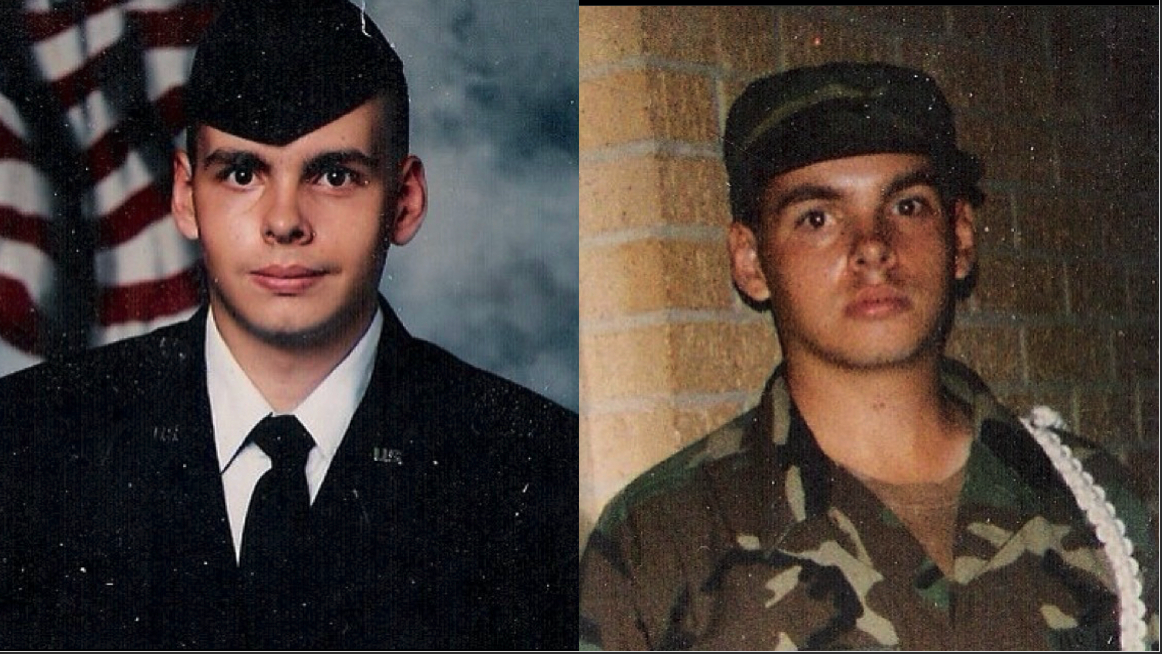
When Bill Clinton first became president, he wanted to end the policy that banned gays, lesbians, and bisexuals from serving in the United States Armed Forces. At a time when attitudes towards the gay community were mostly negative, President Clinton’s radical idea was met with backlash from both Democrats and Republicans alike.
In December 1993, President Bill Clinton signed a directive called ‘Don’t Ask, Don’t Tell’ (DADT), which served as a compromise to allow gay, lesbian, and bisexual Americans to be able to serve as long as they did not reveal their sexuality. More than two months later, DADT became policy in all branches of the Armed Forces.
In 1996, I enlisted in the United States Air Force. While deep down I knew I was likely gay (as I was still a virgin at the age of 17), I decided to join the Air Force as a way to get out of rural West Virginia. While Air Force Basic Training was difficult, I managed to tough it out through the entire eight weeks of it.
It wasn’t until after I was done with both basic and technical training when I was at my permanent base when I finally came out to myself. It was a scary moment in my life because I knew if I was found out to be gay, I would be kicked out of the Air Force. There were moments that trying to keep the secret of being gay weighed me down and sent me into a spiral of anxiety. In my haste over my sexuality being suspect by a friend in the airmen’s dormitory, I revealed to not one but two of my co-workers that I was gay. Little did I know, it would be this disclosure that would get me separated from the Air Force.
It was I think two or three months after I told these two co-workers that I found out I was under investigation for violating DADT. I was told I could fight the investigation but as I was not out to my parents, I did not want to deal with trying to fight to stay in the Air Force and having to tell my parents my sexuality over the phone.
I separated from the Air Force in November 1997, a couple of weeks before Thanksgiving. I was so angry at how my sexuality was the reason I was no longer serving in the military. I felt like my own government had decided I was not worthy to be a member of the Air Force based on a part of who I was.
My story is only one out of many who were affected by DADT. On December 22, 2010, President Barack Obama signed the repeal of ‘Don’t Ask, Don’t Tell’, and by the time the repeal went into effect in September 2011, almost 15,000 United States military personnel were thrown out under the archaic policy.
While my anger over my own experience with DADT has faded, it has been replaced with disgust towards President Donald Trump’s ban on transgender individuals in the military, which he enacted through a tweet.
After consultation with my Generals and military experts, please be advised that the United States Government will not accept or allow……
— Donald J. Trump (@realDonaldTrump) July 26, 2017
….Transgender individuals to serve in any capacity in the U.S. Military. Our military must be focused on decisive and overwhelming…..
— Donald J. Trump (@realDonaldTrump) July 26, 2017
….victory and cannot be burdened with the tremendous medical costs and disruption that transgender in the military would entail. Thank you
— Donald J. Trump (@realDonaldTrump) July 26, 2017
One person affected by this de facto ban is Nicolas Talbott, a student from my alma mater, Kent State University. Talbott’s story is an all too familiar one for the LGBTQ community. In 2015, Talbott was encouraged to pursue a career in the military by one of his professors. However, at that time there was still a ban on transgender troops. In 2016, Talbott’s desire to join the Air Force seemed to be within reach when the Obama administration revealed the end of the ban of transgender individuals serving in the Armed Forces. Yet when Talbott went to a Military Entrance Processing Station later that year, he was told processing for transgender applicants wouldn’t be ready until June 2017. After Trump’s tweet in June 2017, Talbott’s dream to serve in the Air Force was put on hold.
More on the transgender military ban can be found out at https://notransmilitaryban.org.
Sources: The Atlantic, Obama White House Archives, The Guardian, Kent State University
Writer’s Note: This article contains opinions of one contributing writer and may not reflect the views of Instinct Magazine itself or fellow contributors
